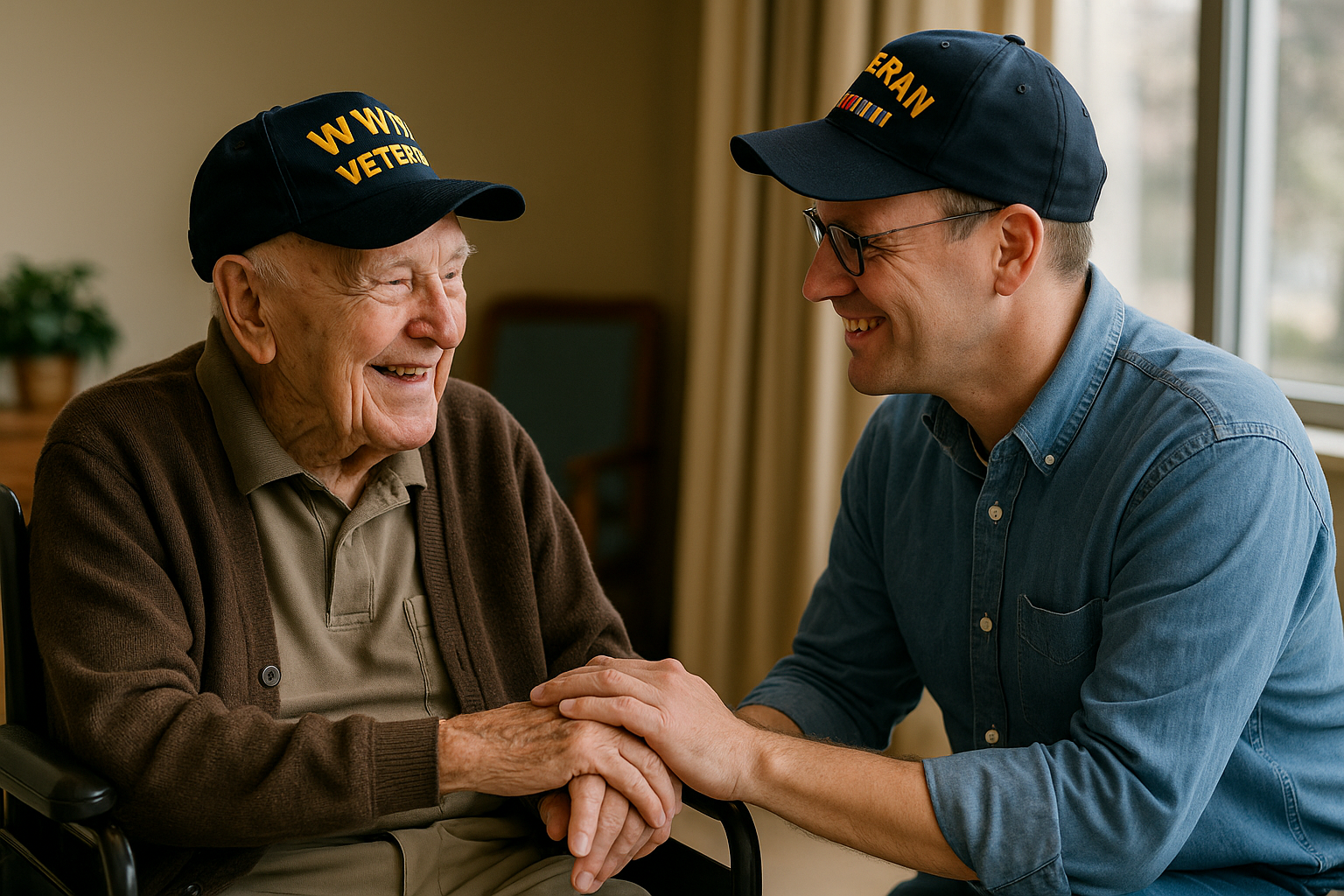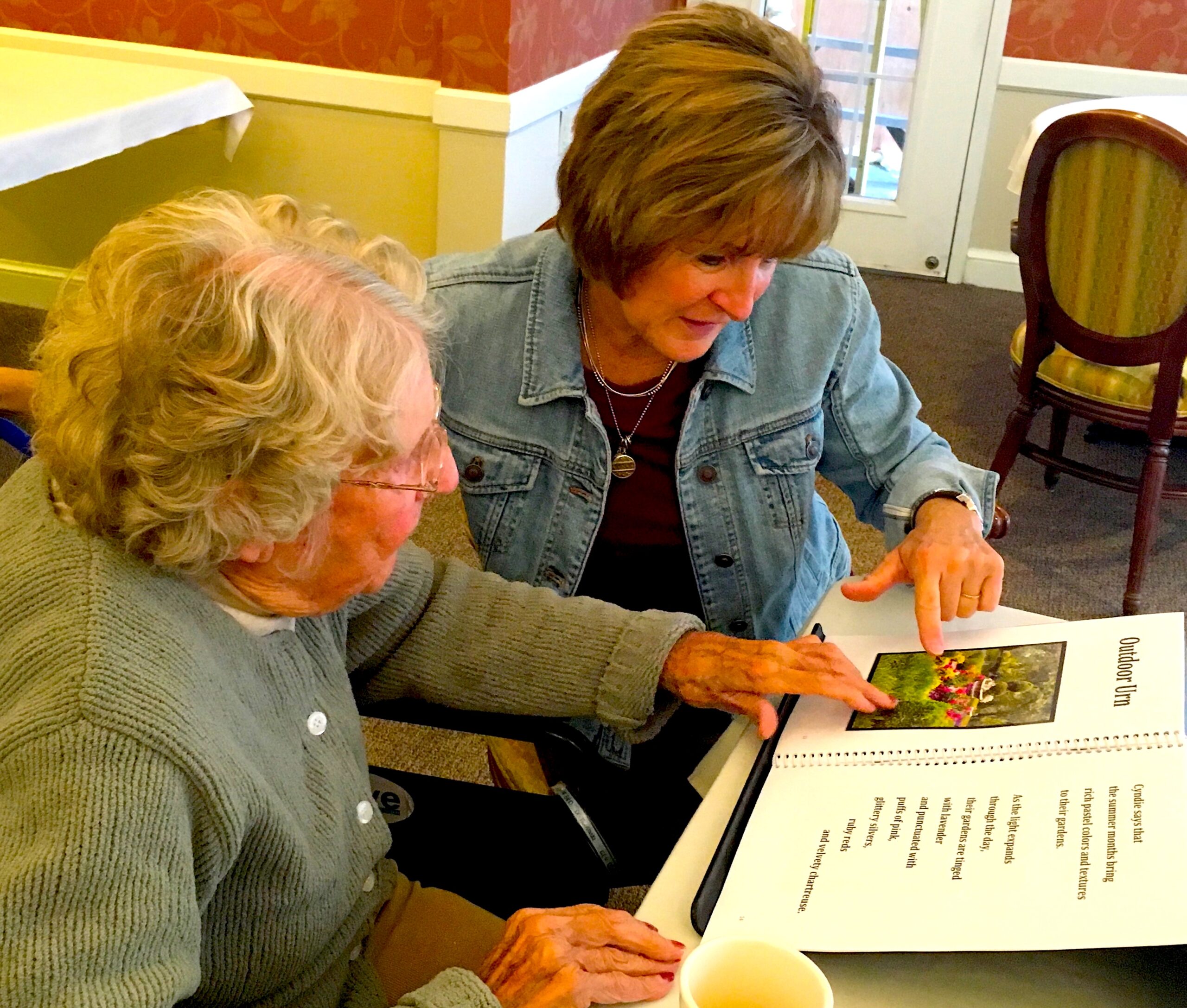Memorial Day weekend is here. For many of us, it’s a time of parades, cookouts, and a few quiet moments at a cemetery. We honor the men and women who gave their lives in service to our country. And we should. Their sacrifice deserves our gratitude and our remembrance.
But this year, I’d like to invite you to take your reflection one step further—to remember the veterans who didn’t die in war but are slowly fading in silence. Veterans who now live in long-term care communities. Veterans who are alone.
The Pain of Loneliness
We’ve all felt it, haven’t we? That sting of being left out, overlooked, or simply forgotten. Maybe it was just for a day or two. Maybe it was longer. But imagine that feeling not as a passing moment, but as your everyday reality.
That’s life for nearly half of the people living in nursing homes today.
And among them are veterans—men and women who once wore the uniform, who served with honor, and who now live with the invisible wounds of isolation. They don’t need more medals. They need more moments—with someone who sees them, hears them, and values their stories.
A Chance Encounter I’ll Never Forget
During my time in the Air Force, I was stationed at Shemya Air Force Base in Alaska. If you’ve never heard of it, you’re not alone. Shemya was a secret refueling base during WWII, hidden away on the edge of the Aleutian Islands. Fierce air battles were fought there—some pilots never made it back, not because of enemy fire, but because of brutal weather and erratic instrument readings near the magnetic pole.
Years later, while visiting a nursing home, I met a quiet veteran and casually mentioned Shemya. His eyes lit up. “I was there!” he said.
He told me his unit was supposed to be headed to the South Pacific. But 100 miles out to sea, their orders changed. The jungle gear came off. Arctic gear—mukluks, parkas—came on. They turned north for the Bering Sea.
Their mission? Build a landing strip and barracks for the troops.
I was stunned. I knew exactly what he was describing. I saw the remains of the barracks lining the shore. I had seen the remains of war—abandoned aircraft, cafeteria trays, busted vehicles, even still-active minefields.
We talked for hours about the war, about how the Japanese tried to enter the U.S. through the Aleutian Islands, and how dangerously close they came to succeeding.
That conversation would never have happened if I hadn’t visited. One visit. One question. One connection. And suddenly, history came alive—from someone who had lived it.
One Hour Can Change Everything
That’s what companion volunteering is all about.
You don’t have to be a veteran. You don’t have to be a therapist or a nurse. You just need to show up with your heart open and your phone put away.
At the National Association of Long-Term Care Volunteers (NALTCV), we train people to be fully present. To listen. To build authentic relationships that matter.
Because when someone has gone years without being asked about their past, even one genuine conversation can bring them back into the world.
This Memorial Day, Remember the Living Too
There’s nothing wrong with solemn tributes. We need those.
But let’s not forget the people who made it through war only to face a different kind of battle—a battle against loneliness, invisibility, and time.
Memorial Day is about memory. And memory is a living thing. It’s not just a name carved in stone. It’s a story waiting to be heard.
What You Can Do Today
You can make a difference—right now.
✅ Become a companion volunteer
Just one hour a week. We’ll train you. We’ll support you. You’ll go from being a visitor to becoming someone’s lifeline.
👉 Sign up here
✅ Support our mission
Not everyone can volunteer—but everyone can help. Your donation helps us recruit, train, and support more volunteers.
👉 Donate here
✅ Share this post
If this message moved you, share it. Post it online. Email it to a friend. Help us reach more people who want to help.
Final Thoughts
Every veteran has a story. Some are about war. Some are about coming home. Some are about the silence that followed.
This Memorial Day, let’s remember those who never made it home. But let’s also remember those who did—and are now sitting quietly, hoping someone will sit beside them and ask, “Where did you serve?”
Let’s be that someone.
Because when we show up—not just on Memorial Day, but all year—we don’t just honor their past. We give meaning to their present.
Their stories are not over. And your presence—your willingness to listen—might just be the moment that reminds them they still matter.
One hour. One visit. One heart. That’s all it takes to make a difference.
Let’s not leave our veterans behind—again.




